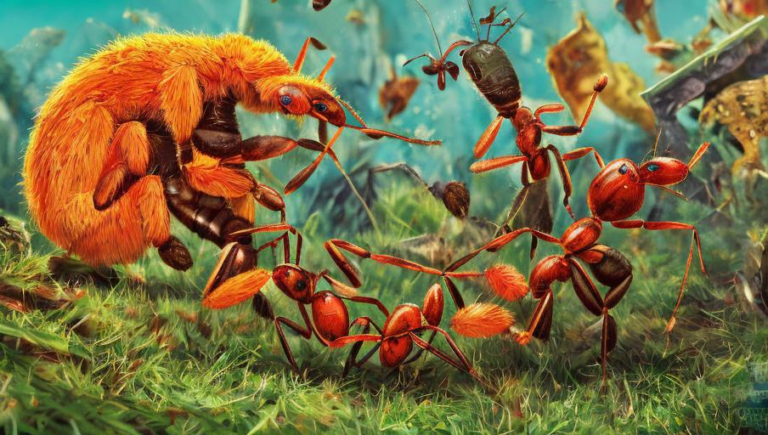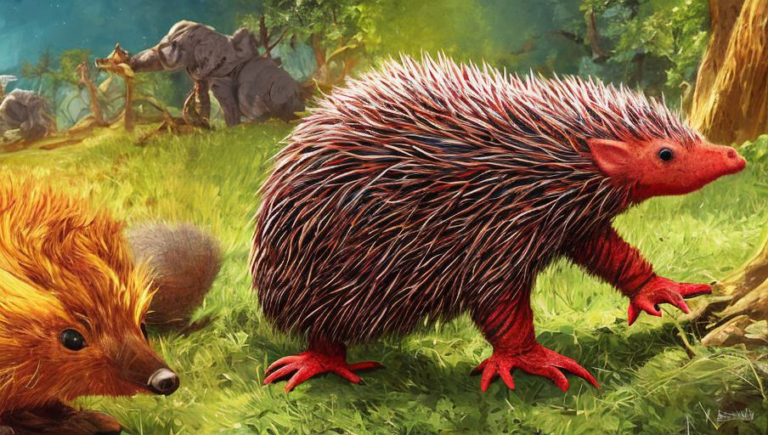Digging and Burrowing Behavior of the Aardvark

Introduction
The aardvark is a unique and fascinating animal that resides in different parts of Africa. It is a burrowing mammal, which means it spends most of its time digging and burrowing underground. The aardvark’s long claws and powerful legs help it to quickly and easily dig and burrow in the ground. Its body is covered in coarse hairs and it has a long, flexible snout that it uses to sniff out its prey. It is an incredibly fast digger and is able to create a deep and secure burrow in a very short amount of time.
Behavior and Adaptations
The aardvark’s behavior is mainly nocturnal, meaning it is active mostly at night. During the day, the aardvark will remain in its burrow, sleeping and resting. When night falls, the aardvark will emerge from its burrow and start to forage for food. It eats mostly ants, termites, and other small invertebrates that it finds in the ground. The aardvark has several adaptations that help it to survive in its environment. Its long claws and powerful legs make it an efficient digger, while its long and flexible snout helps it to sniff out its prey. It also has strong muscles in its legs and feet, which allow it to quickly and easily dig and burrow. Finally, its thick and coarse fur helps to protect it from the elements.
Benefits of Burrowing
The aardvark’s burrowing behavior helps it to survive in its environment. Its burrows provide the aardvark with shelter, protection from predators, and a secure place to sleep. The burrows also help the aardvark to conserve energy, as it does not have to expend a lot of energy to stay warm. Additionally, the burrows provide the aardvark with a secure place to hide from predators, such as lions and hyenas. Finally, the burrows also help the aardvark to regulate its body temperature, as the temperature inside the burrow is cooler than outside in the African heat.
Conclusion
The aardvark is an incredible animal that has adapted to its environment in order to survive. Its burrowing behavior provides it with shelter, protection from predators, and a secure place to sleep. Its long claws and powerful legs help it to quickly and easily dig and burrow in the ground. Its thick and coarse fur helps to protect it from the elements. Finally, its burrows help the aardvark to conserve energy, as well as regulate its body temperature. By understanding the aardvark’s behavior and adaptations, we can gain a better understanding of the importance of animal conservation and the need to protect this species from extinction.





